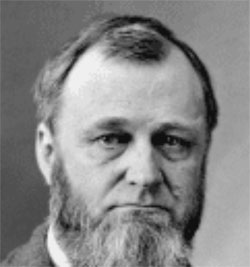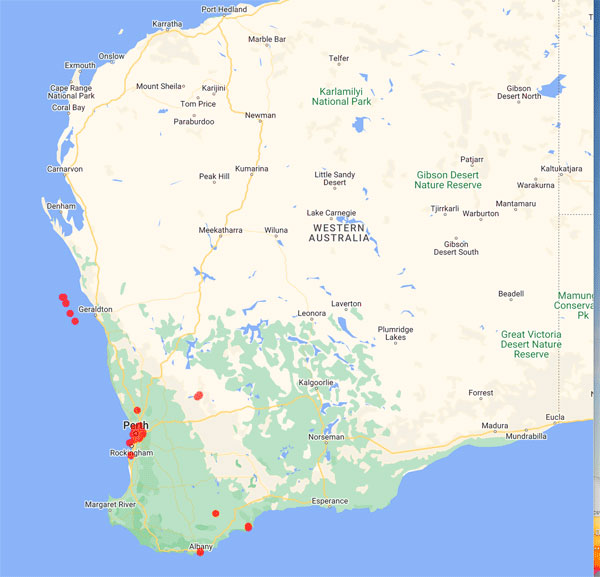
Council of Heads of Australasian Herbaria
Australian National Herbarium
Biographical Notes
 |
Council of Heads of Australasian Herbaria |
 Alexander, Wilfrid Backhouse (1885 - 1965)
Alexander, Wilfrid Backhouse (1885 - 1965)Born at Croydon in Surrey, England 4 February 1885; died in Parkstone, Dorset, England, on 8 December 1965.
He was educated at Bootham School in York and Tonbridge School in Kent, and went on to study Natural Science at Cambridge University. During this time his main interest was botany, graduating in 1909 with first class honours.
After graduation he stayed in Cambridge for a short time working as assistant superintendent of the Cambridge University Museum of Zoology and assistant demonstrator in Zoology and Comparative Anatomy for Cambridge University. In 1911, he took a job with the Board of Agriculture and Fisheries as an assistant naturalist on an international exploration of the North Sea, but in August that year, he obtained the appointment of Assistant at the Western Australian Museum. He moved to Australia in early 1912 to take up the position, which he held for three years before being made Keeper of Biology at the museum.
He made a number of expeditions to collect material for the museum including the Percy Sladen Trust Expedition to the Abrolhos Islands in 1913.
In 1916, the museum was under severe financial pressure and Alexander was granted leave without pay to take up a position as science abstractor to the Advisory Council of Science and Industry in Melbourne. He held this position until 1919, when he returned to the Western Australian Museum for a short time.
In 1920 the Commonwealth Prickly Pear Board was formed with the purpose of finding a way to control the several species of Opuntia that were taking over vast areas of subtropical eastern Australia and W. B. Alexander was appointed biologist to the board. The project took him on visits to North and South America in search of a suitable insect agent and in 1924 he was promoted to Officer-in-charge. The result of these overseas investigations was the highly successful use of Cactoblastis moths in controlling the Opuntia species in Australia.
When he left Australia in 1926 he spent most of the year at the American Museum of Natural History preparing the book Birds of the Ocean (1928), a forerunner of later field guides, before returning to England.
He had no regular employment from 1926 until he was appointed superintendent of the Marine Biological Association's Tees Estuary survey in 1929. Then in 1930 he was appointed Director of the Oxford Bird Census which developed into the Oxford University Research in Economic Ornithology in 1931, then an Institute of Field Ornithology, funded by the newly formed British Trust for Ornithology in 1933.
In 1945 he retired as director and became the Institute's librarian, remaining so until 1955.
He spent his retirement in Parkstone, Dorset, southern England, where he died on 8 December 1965.
Source: Extracted from: https://en.wikipedia.org/wiki/Wilfred_Backhouse_Alexander
Portrait Photo:
https://alchetron.com/Wilfred-Backhouse-Alexander
Data from 171 specimens
